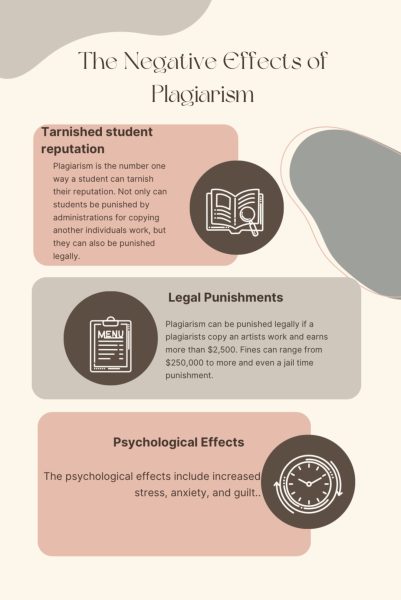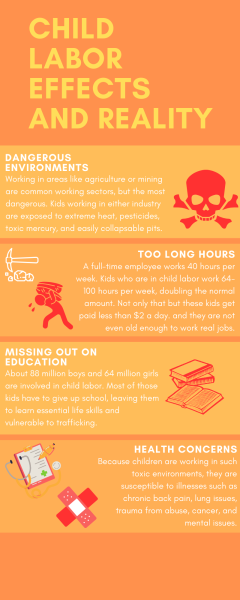Testing the system
Standardized testing causes more bad than good
Picture courtesy of The University School News
Standardized testing has been around since the early 600’s. Though today’s testing is much different from back then, testing today causes more stress within students and they are becoming more and more of an inaccurate source to measure a student’s ability to learn.
December 5, 2019
Ever since the Qing dynasty invented the Civil Service Exams in the early 600’s CE, the United States and many other countries have adopted the used of standardized testing. Schools have used these kinds of tests to determine a child’s level of education for a while now. However, teachers and administrators aren’t considering is how the use of these standardized tests, such as the NSCAS (Nebraska Student-Centered Assessment System) and the AWA (Analytical Writing Assessment) come with more consequences than the benefits they’re supposed to provide. Standardized testing can cause stress among all students and teachers, and these tests are an unreliable source of measuring a student’s capability to learn.
A teenager’s stress levels, on average, are about 5.8 on a 10 point scale, exceeding what is healthy (3.9), and many students confirm that most of this stress comes from school, about 69% according to the American Phycological Association (APA). This is just the day-to-day school life, while on testing days student stress levels exceed almost 7.2 out of 10 on the scale.
This kind of stress can have a wide variety of effects on a student’s capability to function for tests. Many students worry about their grades more on standardized tests than other day-to-day tests, and this can cause high anxiety levels which, in return, can cause abnormal sleep patterns. Students who receive less sleep are less likely to be successful during these kinds of tests than students with a steady and regular sleep pattern.
Not only is sleep affected by stress, but the test day itself can have even worse effects. Some students aren’t the best test-takers, and the pressure to do well on a test such as the AWA or the ACT can cause major stress levels as the student takes the exam. These over the top levels of anxiety can cause students to second guess themselves, and even at times, those levels may not let some students focus. The ability to focus is important, but these levels of stress can also cause students to break down crying, pass out, or even vomit during their tests. According to Shutdown-r, the Stanford-9 test requires teachers to learn a procedure just in case a student vomits on their test papers due to stress.
Students are also affected but teachers are also affected by stress in a number of ways. In some cases, administrators, as stated by Education Week, can use standardized tests as a means to measure a teacher’s performance. In return, this can pressure teachers to make sure their students do well, causing more stress within themselves and their students.
Not only does stress play a major role in why standardized testing needs to improve greatly, but these kinds of tests aren’t set up in a way that would be beneficial to students. Nebraska has state-required tests such as the AWA and the NSCAS and all other states require their students to take other standardized tests as well. However, according to Mother Jones, the California STAR test comes with a completely different set of questions and focuses on different subjects than the CMT in Connecticut. This difference in state testing doesn’t give out reliable information about a student’s ability to learn, as each state will collect different data from each test.
Standardized tests, in all, are stressful, and are not an adequate source to measure a student’s capability to learn. This kind of testing shouldn’t be rid of as a whole, but there are changes that need to be made. A few examples would be creating more tests that are similar from state to state instead of each state having their own form of these tests, and create more review and study sessions so students will have less stress for these kinds of tests as they are more prepared then they would be if studying alone. These changes with be able to make sure students are able to take the test comfortably with little anxiety, and so that these tests are made so that they are able to sufficiently measure the capability of learning from the grades K-12.

















